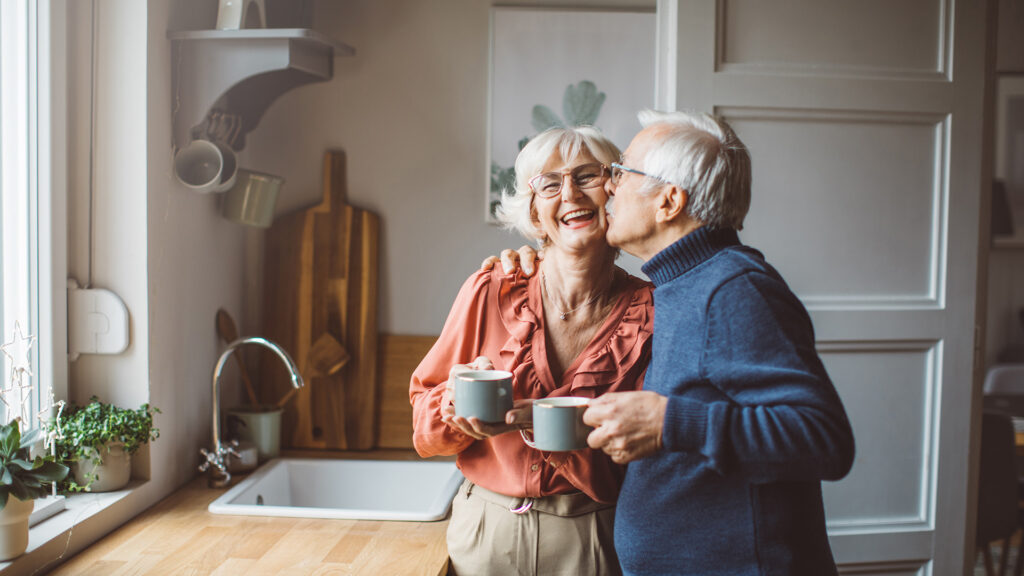Browse All Resources
-
Employee Showcase
Village Crossing’s Michaila Sprites Honored as 2024 Ceca Long Term Care Hero
Learn more about the award to Michaila Sprites, Connections Director at Village Crossing at Worman's Mill.Read Now -
Press & News
SageLife in the News – Living Your Best Life After a Parkinson’s Diagnosis
This helpful article about Parkinson's describes its five stages, and outlines the exceptional support provided at SageLife communities.Read Now -
Press & News
SageLife in the News – The Benefits of Choosing a Career in Senior Living
In this article for Careers in Aging Month, SageLife leaders offer experienced insights on the benefits and fulfillment of careers in senior living.Read Now -
Press & News
SageLife in the News – Founder & President Kelly Andress Recognized on Women We Admire’s “Top 50” List
Kelly Andress recognized by Women We Admire's Top 50 Women Leaders in Healthcare for 2024.Read Now -
Press & News
SageLife in the News – The Benefits of ‘Camp’ for New Team Members
An article featured in McKnight's Senior Living.Read Now -
Press & News
Plush Mills Recognized Among the “Best of Delco 2023”
The Delaware County Daily Times recognizes Plush Mills as one of the "Best in Delco 2023!"Read Now -
Press & News
SageLife Celebrates 5 Years as a ‘Great Place to Work®’!
Philadelphia, PA (July 2023) – Great Place to Work® Institute and its senior care partner Activated Insights have honored SageLife with certification as a…Read Now -
Press & News
SageLife in the News – Rube Goldberg Events Highlighted
Local online publications MyChesco, DELCO.today, and MONTCO.today discuss SageLife's Rube Goldberg competition.Read Now -
Press & News
SageLife Fashion Month 2023 – Watch the Video
April 2023 was "Fashion Month" across all SageLife communities, and both residents and staff delivered in exceptional form.Read Now -
Press & News
SageLife Communities Celebrate STEM with Rube Goldberg Challenge
SageLife residents recently participated in a community-wide competition to create Rube Goldberg Machines out of everyday household items.Read Now


